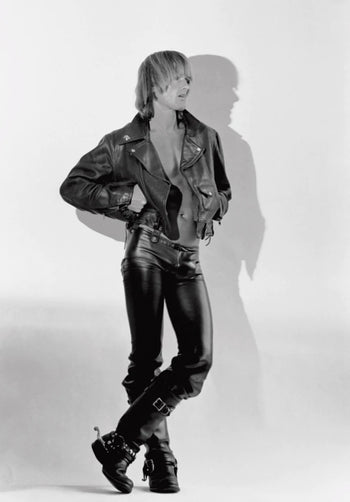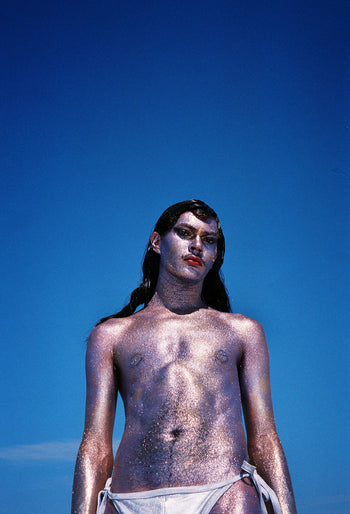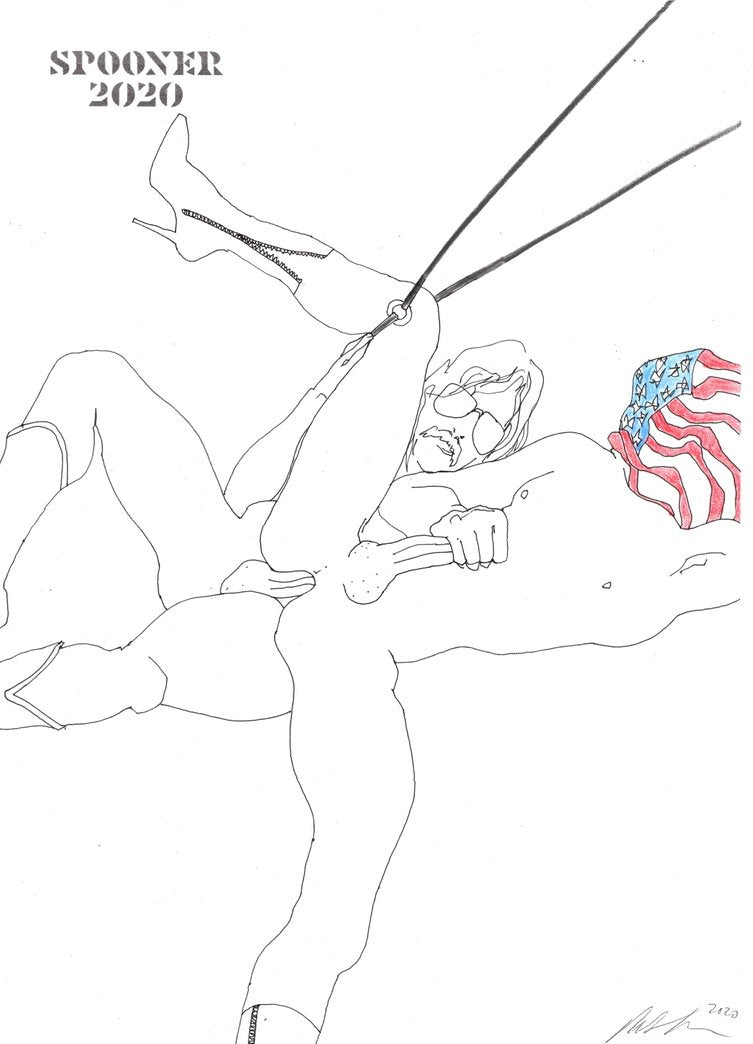Jean-Michel Basquiat
lexon
Lexon x Jean-Michel Basquiat Flip+ Alarm Clock - Multi
Details
Adhering to its commitment to design, tech and art, French brand Lexon has created an exclusive and enthralling collection featuring the artwork of Jean-Michel Basquiat.
Lexon has reimagined its most iconic and award-winning items to feature some of Jean-Michel Basquiat’s main works. This newly unveiled collection stands not only as a tribute, honoring the artist's indelible legacy, but also as a grand celebration of exceptional design effortlessly intertwined with cutting-edge technology.
Over the past three decades, Lexon has persistently upheld its dedication to introducing awe-inspiring, innovative, and affordable groundbreaking objects. In this latest venture, the collection embraces Lexon's inherently forward-thinking nature, seamlessly merging it with the artist's bold and exuberant style. The result is an inspiring fusion that celebrates art and creativity in everyday life, forging a harmonious symphony that unites form and function in an extraordinary manner.
- Reversible alarm clock
- Radio-controlled (EU)
- ON/OFF faces
- LCD display
- Snooze
- Touch sensor light
- Power supply: 2 AAA batteries (included)
- Material: Rubber / ABS
- Dimensions: 4 x 2.5 x 1,1“ - 10,4 x 6,5 x 3 cm
- Gross weight: 5.1 oz - 145 g
- Design by: Adrian & Jeremy Wright
Jean-Michel Basquiat
A poet, musician, and graffiti prodigy in late-1970s New York, Jean-Michel Basquiat had honed his signature painting style of obsessive scribbling, elusive symbols and diagrams, and mask-and-skull imagery by the time he was 20. “I don’t think about art while I work,” he once said. “I think about life.” Basquiat drew his subjects from his own Caribbean heritage—his father was Haitian and his mother of Puerto Rican descent—and a convergence of African-American, African, and Aztec cultural histories with Classical themes and contemporary heroes like athletes and musicians. Often associated with Neo-expressionism, Basquiat received massive acclaim in only a few short years, showing alongside artists like Julian Schnabel, David Salle, and Francesco Clemente. In 1983, he met Andy Warhol, who would come to be a mentor and idol. The two collaborated on a series of paintings before Warhol’s death in 1987, followed by Basquiat’s own untimely passing a year later.

















